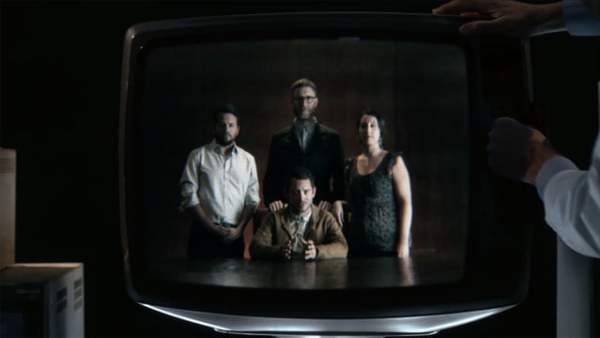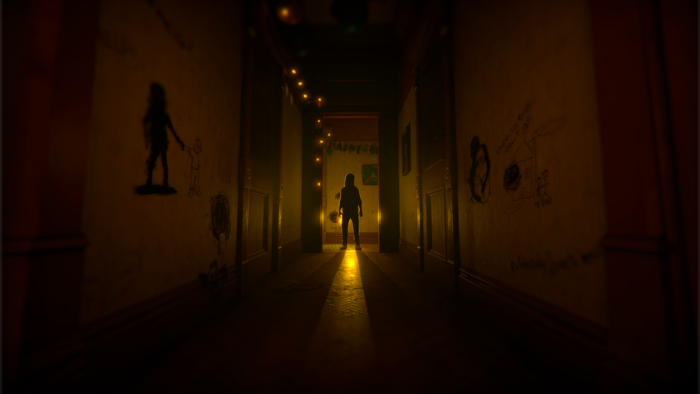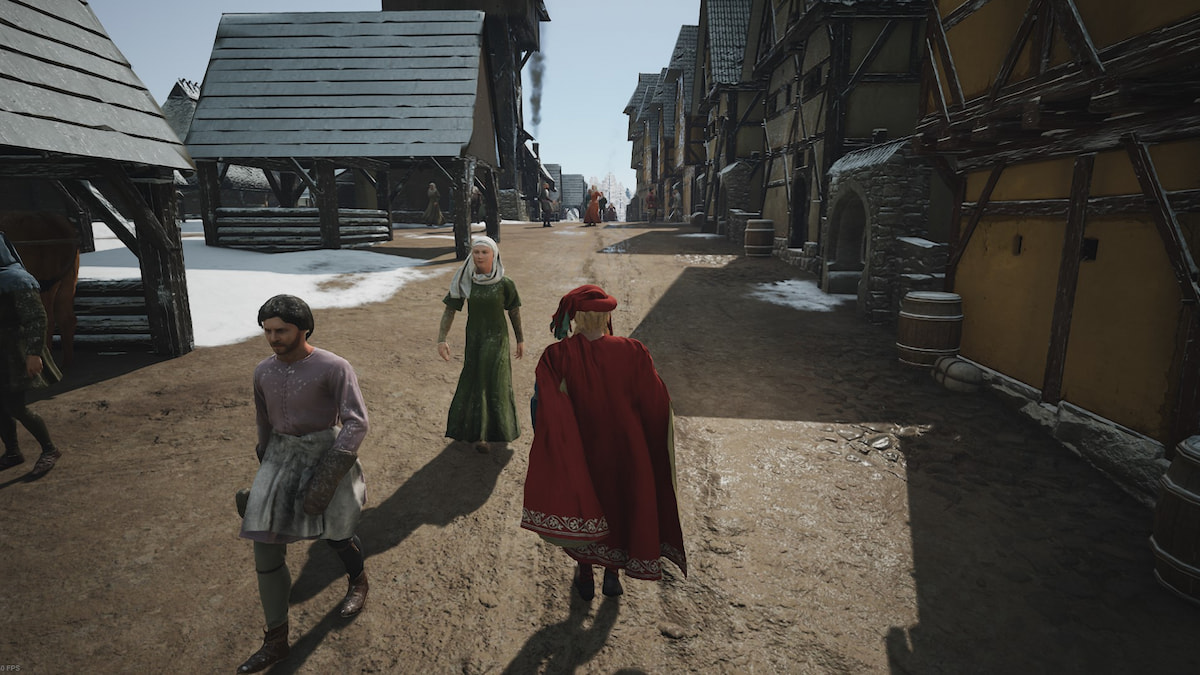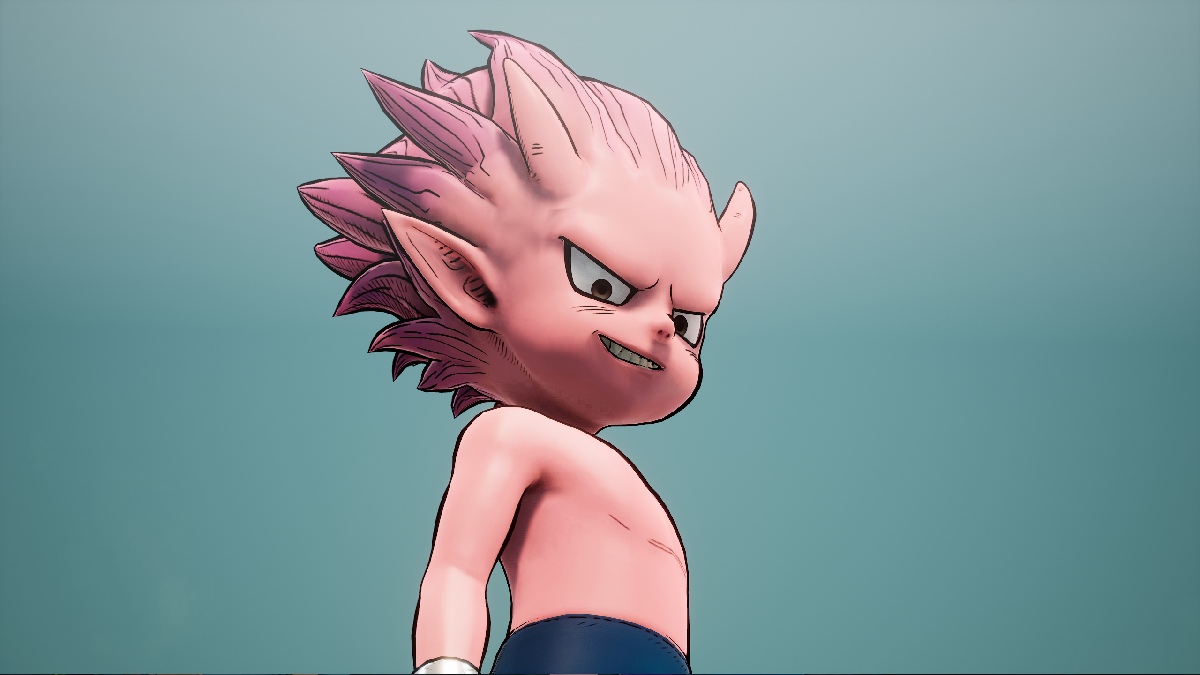Transference on PlayStation 4
As Resident Evil 7 proved not long after the launch of PlayStation VR, narrative focused horror makes for some of the most compelling virtual reality experiences around. Transference, the new game from movie production company Spectrevision, and Ubisoft, is described as a psychological thriller, but it’s without a doubt in the same, terror-filled genre as Capcom’s game and, while there are some issues along the way, it proves that there’s a huge amount of potential for the developer’s short, narrative driven horror games.
The story set up of Transference is quite complex and suitably mind-bending. It takes place in a simulation that is built on the ‘brain data’ of scientist Raymond Hayes, as well as his wife and son, and you’re there to unravel the mystery of what happened to them. Raymond is more than a simple scientist, however. His work has led him to attempt to combine the intelligence of the human mind with that of a computer, and his first test subjects were his wife and son. His problems go beyond his work, though, with him being abusive and violent, on top of his obsession with his vision. You explore the Hayes’ family apartment, switching between each member’s viewpoint in an attempt to fix broken files and repair the story of their lives.
Through that presentation style, the basic plot is pretty interesting, but its telling veers wildly from heavy-handed to confusing throughout. A key part of what happens to the family is revealed during a recording of Raymond during the game’s opening, which takes away somewhat from the superb environmental storytelling in the house itself. The few sections that follow are great, however, as you’re learning more about the family, and how they were in danger. Raymond’s wife was a talented musician who was clearly restricted by her partner, but the details gets muddy the further you progress. Items in the world make it clear what state of mind Raymond was in, but the videos, while integrated well, leave you confused about his methods, reasoning, and the time frame of the story, which makes for an underwhelming finale.
That being said, the quality of Transference’s presentation makes it clear that a game with a more coherent story could be among the medium’s killer experiences. Transference is genuinely terrifying. It makes use of jump scares and figures lurking in the shadows, but its unsettling nature is made so effective by the sound, lighting, and world design. Creeping around the small apartment, peering around corners and wondering what was going on reminded me of the early hours of Resident Evil 7, and I’m not sure I’ve ever had goosebumps so much while playing a game before. Its themes, story, and slow movement make for an incredibly intense and unsettling experience. Everywhere you look there’s some kind of hint about what’s going on, be it frantic scribbles on walls or broken belongings, but you still never know what’s a few paces in front of you. Being a walking sim at heart, Transference asks you to do little more than look around and see what you can find at first, and the items you find strewn around the house paint a detailed picture of the family’s life.
It’s the specific design of each character’s vision of the setting that is particularly impressive, though. Catherine’s home is relatively serene, telling us about her musical ambitions by hinting about Raymond’s violence, while Raymond’s is full of servers and represents his obsession and addiction. Benjamin’s, though, is the most impressive. Bathed in ominous orange light, the walls are covered in his screams and drawings of the monsters that lurk in the shadows. It’s clear that he’s at least slightly aware of what’s happening to his family, but constant reminders are thrown at you about his youth and innocence.
The way the simulation aspect of the world is presented also works well and adds to Transference’s unsettling nature. Objects flicker in your peripheral vision and the world shakes, making you uneasy about what’s around you. The whole sections of missing file also don’t feel out of place. They play a part in the puzzles you solve and play into the ‘game’ part of Transference.
Transference’s sound design is also phenomenal. The layering of the sound is perfect, with the whistle of the wind, the creaks of the house, Benjamin’s terrified screams, and Raymond’s maniacal mutterings blending seamlessly to make the empty home feel busy behind the scenes. Door handles shake as the family shouts for their lives and the voices circle around your head and move as you do, in a similar way to the whispers in Hellbalde: Senua’s Sacrifice. The sound is overwhelming and unpredictable, which only makes it scarier.

Your time in the Hayes household isn’t limited to just exploration, however, since unlocking certain doors and restoring certain files requires you to solve puzzles. Some of them are great and make full use of VR, such as one that tasks you with piecing together a code in a 3D space using confetti that’s swirling around you, but others are too basic or focused on one item that they reduce the immersion. Staring at one object, trying to work out how to turn the dials doesn’t work as well as scouring the house, and it shakes around you looking for letters to unlock the door to Ben’s bedroom. The challenges that make full use of the house and the perspective switching light-switches are fun, but more could have been made of the exploration at times, rather than being bogged down by uninteresting puzzles.
You might think that, since Transference’s strengths lie in its presentation and detailed setting, that it wouldn’t work well outside of VR, where it can also be played on PS4 or other platforms, but it’s actually still surprisingly effective without a headset. Of course, it not quite the same level of terrifying , and the lighting doesn’t make you quite so uneasy when you’re free to avert your eyes, but the house’s tight corridors, dark corners, and screaming walls are still unsettling.
Transference certainly showcases the potential of VR storytelling in the style Spectrevision are attempting. Even if its short story isn’t always effectively told, and some of the puzzles distract, the atmosphere that’s been created through detailed world design, incredible lighting effects, and intense sound design makes for a terrifying experience. Transference is worth the ride, but there’s a lot of room still for improvement.
Score: 3.5/5 – Fair
Pros
| Cons
|
For more information on how we review games, check out Twinfinite’s review policy here.





